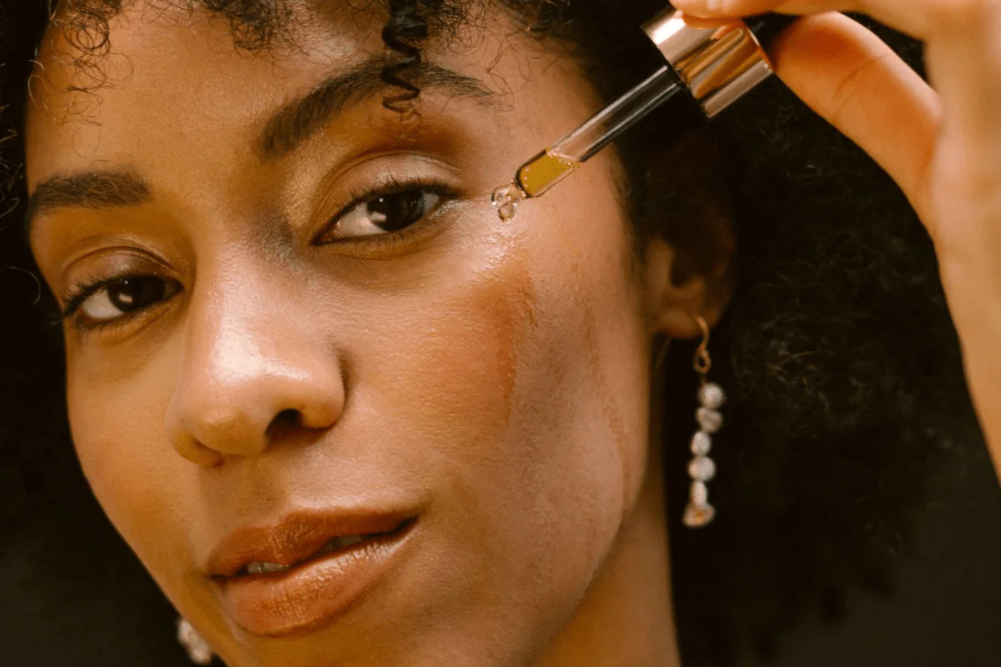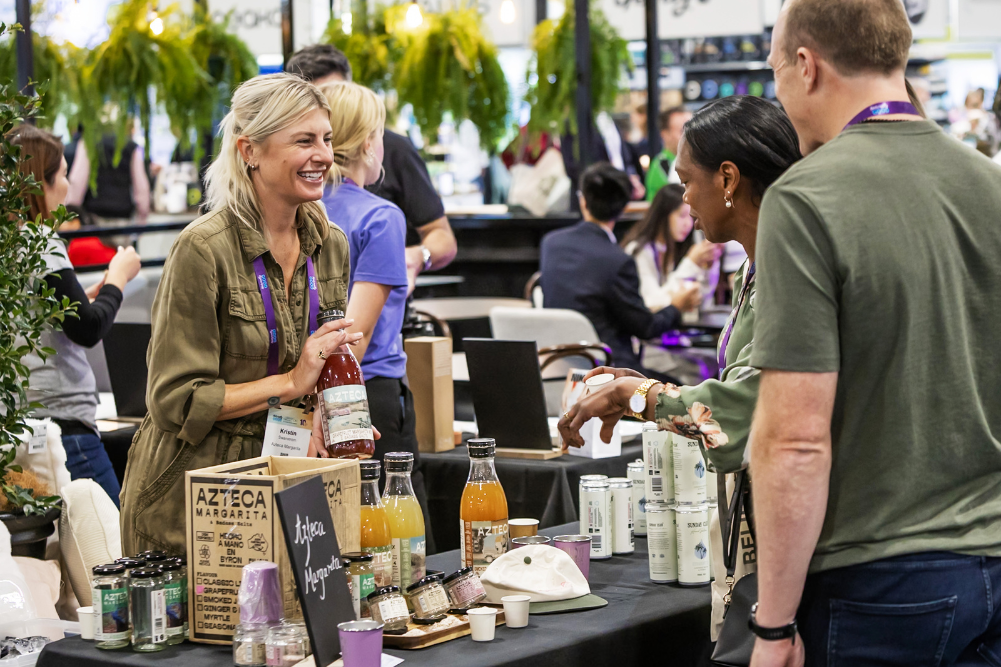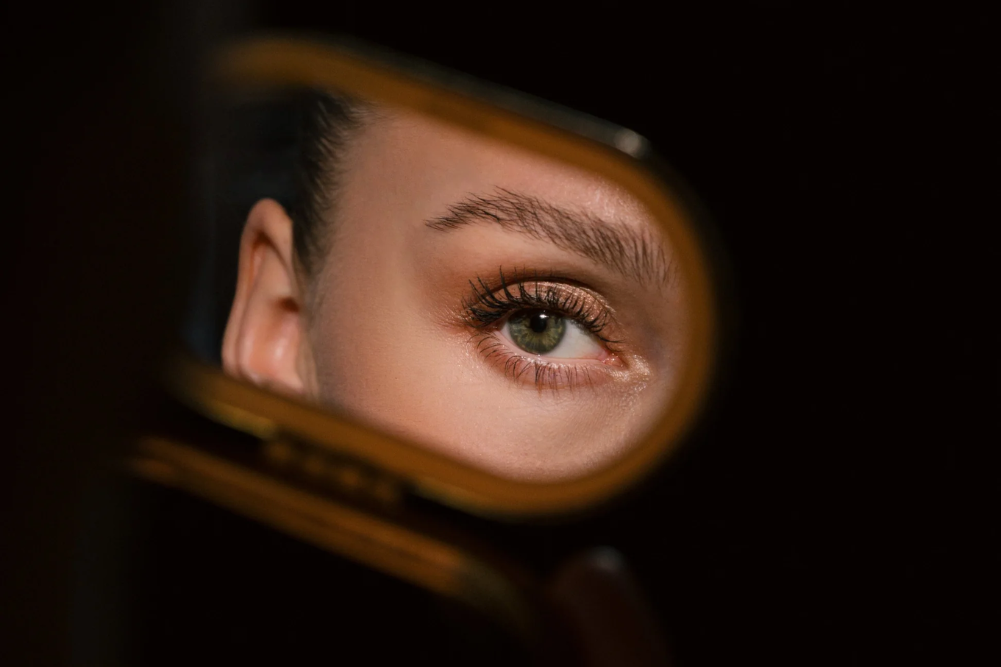Skincare you can eat
Summer is the perfect time to clean up your skincare routine from the inside, especially after silly-season indulgences have put a strain on the liver and digestive system and therefore the skin. Why not make change for the long term instead of a well-intended but temporary detox diet?
When people ask me about what diet is best for the health of the skin, I tell them there is no better diet than a low-HI diet; that is, a low-human-intervention diet. This means foods that are as nature intended, raw, whole and unadulterated. This is the best choice for your health, your skin and the planet. Remember, there is no such thing as junk food — just junk and food.
The best skincare investment is not a miracle cream but a good-quality blender that makes natural, nutrient-rich plant smoothies in seconds. It is the best and easiest way to consume lots of plants in a single serve. Each morning, I make a green smoothie that I can throw anything raw and healthy into. At the moment I’m partial to the combination of kale, broccoli, linseeds, carrot, cabbage, lemon, açai berries, mango, a pinch of cinnamon and turmeric and a touch of manuka honey. This simple and delicious drink is a skincare remedy and booster; it brings a host of skin-loving nutrients into my body, including antioxidants, known to mop up damaging free radicals; feeds and strengthen skin cells; increases my body’s own natural mother antioxidant, glutathione; helps heal the gut and encourages the proliferation of good gut bacteria (one of the most important processes for great skin); and increases the body’s own sun protection factor thanks to the protective phytochemicals in the plants.
A good blender will rotate so quickly that it turns all fruit pulp into a smooth liquid, so you reap the benefits of the whole fruit, fibre and all, not just the juice that you would obtain from a juice extractor. Fruit juice from a juice extractor is definitely better than processed juice from the supermarket as it will still offer some nutrients, but the problem with fruit juice or fructose (fruit sugar) without the fibre is it places a big load on the liver while simultaneously hiking blood sugar levels, which can trigger glycation.
Glycation is a process in the body whereby sugar molecules stick to protein collagen (the building blocks of the skin) and destroy it. High- GI, sugary and processed foods contribute to this process. To keep your blood sugar levels stable throughout the day and glycation at bay, make sure you avoid sugary processed foods and consume some protein at breakfast, including eggs, nuts, legumes, fish and yoghurt.
Plants clean up the debris in the body, mop up free radicals and support the liver and skin, but protein found in good-quality meats, nuts and legumes is very important for balancing the health of the body and skin as well. Animal meat is rich in protein (the building blocks of the skin) and CLA (conjugated linoleic acid), which promotes muscle growth and collagen production, helps reduce abdominal fat, lowers insulin resistance, improves immune response and reduces cholesterol.
It’s not manufactured in the body, so we must obtain it from dietary sources. Foods highest in CLA include dairy products and meat from ruminant animals such as beef, lamb and veal. The acid is much higher in grass-fed than grain-fed animals, too. There is a lot of debate around whether meat causes health problems but I believe it is the way meat is eaten that has been the problem: over-consumption of poor-quality meat alongside processed foods and hydrogenated oils. A great way to enjoy meat is to cook it with spices and vegetables in a stew. It helps break down the proteins to make it more digestible and is nutritious and hydrating for the skin.
For truly healthy skin, focus on healing your gut this year. Your gut is where you manufacture nutrients, your hormones are metabolised and your detoxifying enzymes lay. If your gut lining is damaged or you have a predominance of bad bacteria in your gut, toxins can travel through the gut wall and enter your bloodstream and wreak havoc in your body and skin. To help heal the gut, consume lots of greens and lacto-fermented foods. Fermented foods such as kefir, yoghurt and sauerkraut help predigest the food so they are easier on the gut and also make the nutrients more bioavailable to the body and the skin. Plus, they produce good bacteria, vital for a healthy and vibrant ecosystem in the gut.
Grains and gluten can be problematic for those who have compromised guts, as the proteins in gluten are hard to digest. Grains that are better tolerated include quinoa, a veritable Beauty food that’s rich in protein and cysteine, an amino acid helpful for preventing age spots and detoxifying the liver. What about dairy? While dairy has its benefits, especially in raw form, when pasteurised it loses the enzymes that help us digest it, putting a strain on the digestive system — especially if you have leaky gut. Good-quality dairy can be introduced when the gut is healed.
If you would like a guilt-free chocolate treat, try this delicious, nutrient-rich smoothie.
Chocolate & Coconut Skin-Loving Smoothie
When it comes to sweeteners, opt for raw honey or stevia. Although it contains fructose, honey is also rich in antioxidants. This smoothie is full of nutrients, antioxidants, vitamins and electrolytes and is absolutely delicious.
Ingredients
Juice & flesh from a young green coconut
1 egg
1 tsp raw powdered cocoa
1/2 tsp vanilla essence
A little honey to sweeten
Ice
Blend well together. Drink.
Carla Oates is a natural beauty expert and the author of Feeding Your Skin.







